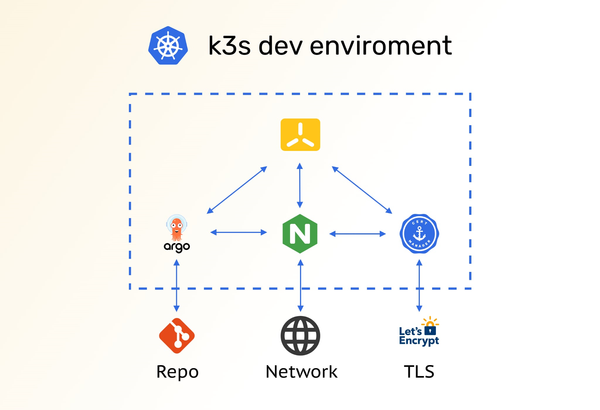Zero Trust Architecture: The Future of Secure Enterprise IT

Traditional security models rely on perimeter-based defense, assuming that threats originate from outside an organization. However, modern cyber threats often bypass these defenses, making Zero Trust Architecture (ZTA) an essential approach to enterprise security.
What is Zero Trust, and Why is it Essential?
Zero Trust operates on the principle of "never trust, always verify." It assumes that threats can exist both inside and outside the network, requiring continuous verification of all users, devices, and applications.
Key Principles of Zero Trust:
- Least Privilege Access – Users and applications get only the minimal permissions needed.
- Micro-Segmentation – Divides the network into isolated segments to limit attack spread.
- Continuous Monitoring – Uses AI-driven analytics and real-time threat detection.
- Multi-Factor Authentication (MFA) – Strengthens access security by requiring multiple verification factors.
- Encryption & Secure Access – Ensures data is encrypted in transit and at rest.
Steps to Implement Zero Trust in an Organization
1. Identify and Classify Assets
- Map out critical data, applications, and systems.
- Categorize them based on sensitivity and risk level.
2. Verify Users and Devices Continuously
- Enforce strong identity and access management (IAM) policies.
- Implement Multi-Factor Authentication (MFA) for all access points.
- Monitor devices using endpoint detection and response (EDR) solutions.
3. Apply Least Privilege Access Control
- Use Role-Based Access Control (RBAC) to ensure users access only necessary resources.
- Regularly review and adjust permissions based on evolving requirements.
4. Implement Network Micro-Segmentation
- Divide the network into secure zones to restrict lateral movement of attackers.
- Use firewalls and software-defined networking (SDN) to control communication between segments.
5. Automate Security and Threat Detection
- Deploy AI-driven Security Information and Event Management (SIEM) tools.
- Integrate Extended Detection and Response (XDR) solutions for proactive threat monitoring.
- Utilize behavior analytics to detect anomalies in real time.
6. Secure Endpoints and Cloud Environments
- Apply endpoint protection solutions like EDR/XDR.
- Enforce security policies across on-premise and cloud environments.
- Use Zero Trust Network Access (ZTNA) to provide secure, identity-based access.
7. Establish a Continuous Improvement Cycle
- Conduct regular security audits and penetration testing.
- Train employees on Zero Trust best practices.
- Continuously refine security policies based on emerging threats.
Final Thoughts
Zero Trust is not a one-time implementation but an ongoing security strategy. By enforcing strict identity verification, micro-segmentation, and continuous monitoring, enterprises can significantly reduce their attack surface and enhance overall security posture.





